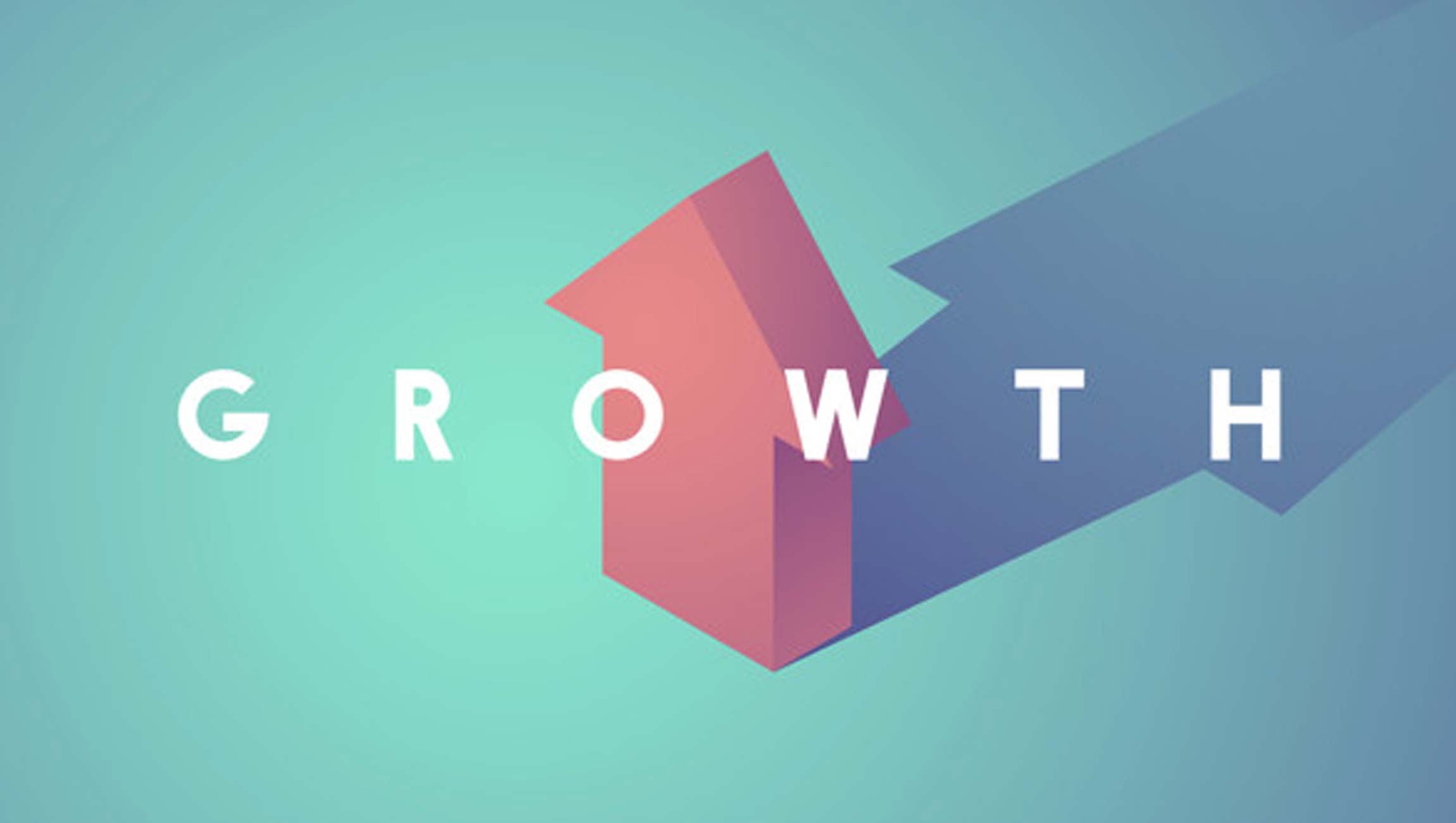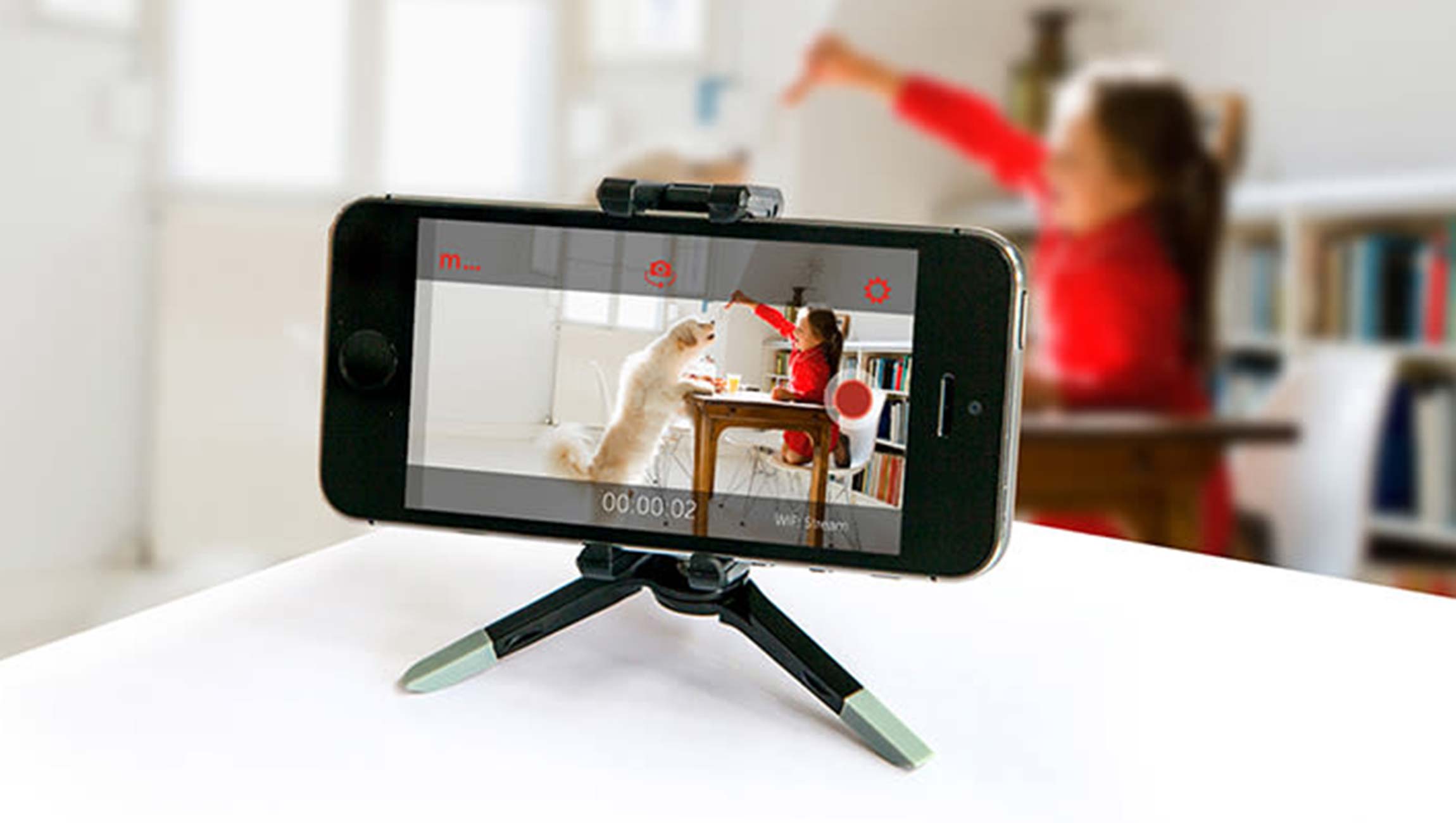We are constantly creating relationships and collaborating with many design agencies, large and small. It has helped us to gain a unique perspective on how different studios work and their value to their clients’ businesses.
Like technology, the digital mediums and outputs we design for are often moving targets, and agencies must adapt to help companies better serve their customers. Never has this been more true than in the wake of COVID-19, when companies are taking a hard look at their design and technology budgets, while simultaneously adjusting to new ways of collaborating and working together, apart.
Before we can start to predict how agencies can stay competitive in the future, we can’t ignore what’s happening now. The pandemic and subsequent lockdown have thrust many agencies into uncertainty, struggling to understand how to keep their businesses thriving in the economic hangover that inevitably awaits us all.
If this is our reality, we will see spending tighten: meaning monies typically allocated to agency work are less abundant. We have already seen vast swaths of the industry experiencing this, particularly in live events, re-brands, exploratory design, and marketing-focused projects. In an economic climate where bread-and-butter projects that have typically anchored agency revenue become more scarce and increasingly competitive, astute agencies may morph their working model to find different ways to provide value to their clients.
So, instead of teardowns and from-scratch digital product builds, more businesses may ask their agency partners to help them improve what they already have.
Moving the Needle Through Data-Driven Design And Development
The idea of making focused adjustments to existing products is a significant shift in their working model for many design agencies, which does require adaptations to process. To start, this requires a spirit of deep and continuous collaboration with client stakeholders, subject matter experts, and customers. To maximize effectiveness, agencies need to gather and use both qualitative and quantitative insights to make meaningful improvements to existing digital products.
Breaking this down into phases, it could look something like this:
Evaluate: Learn about the product and areas for improvement, gather and analyze usage metrics, funnels, goals, conversions, and distill critical findings from user interviews.
Define: Using the data, identify opportunities, and create hypotheses on why current deficiencies exist.
Execute: Using the previous suppositions, create solutions designed to alleviate a specific problem area.
Measure: As quickly as possible, get the solutions in front of customers and watch the data to evaluate effectiveness.
In this format, teams should see rapid progress through iterative release cycles that focus on keeping the best aspect of the product intact, delivering increased value to customers, and, most importantly, moving away from tactics that don’t work quickly. Designing in this fashion reduces long-term reliance on assumptions made during the design process and helps teams get to solutions that create measurable value. Extending this further, techniques like A/B testing, deeper analytics integrations, and user research can go a long way toward refining solutions and opening the door to new opportunities and insights.
Designing Beyond the Visual: AI, ML, And Voice
Looking beyond current events and the impact on our working models, digital agencies must continue to stay on top of emerging technology. In early 2020, dominating trends in the industry include changing device form factors, web accessibility, machine learning, data visualizations, speech interfaces, virtual reality, and autonomous systems.
Like it or not, the nature of designing user experiences will continue its expansion beyond the visual, forever changing the relationship with design and technology that surrounds us daily.
For proof of this, look no further than Amazon’s desire to put Alexa in virtually everything. What it means to be a designer in the digital world continues to change, including understanding what it means to design customer experiences outside of the visual space.
As industries continue to investigate how big data and ML can help unlock efficiencies and insight into their businesses, the role of data science in strategy and design will mature. The relationship between designers and client stakeholders must also follow suit to generate on-target data analysis. This discipline is essential to guide businesses and product designers on making meaningful connections within their datasets. Without this crucial area of expertise, insights will stay buried in a sea of data.
Currently, this is something few companies understand and is an opportunity for agencies interested in leveraging AI in their clients’ products and tools. Design agencies with teams who have foundational knowledge in the underlying technologies will continue to be in demand as businesses seek outside help to keep up with the pace of technology.
Agencies who wish to take advantage of opportunities within these spaces must proactively gather expertise to position themselves to pitch and win projects as demand for leveraging these new technologies and techniques increases.
As has been true since the earliest days of designing for the web, agencies will see customer touchpoints and experiences evolve year over year. Savvy design agencies will continue to find ways to adapt, provided they are willing to keep up with the pace of innovation. As they do, clients will continue to seek outside expertise to give their businesses a competitive or technological advantage.











